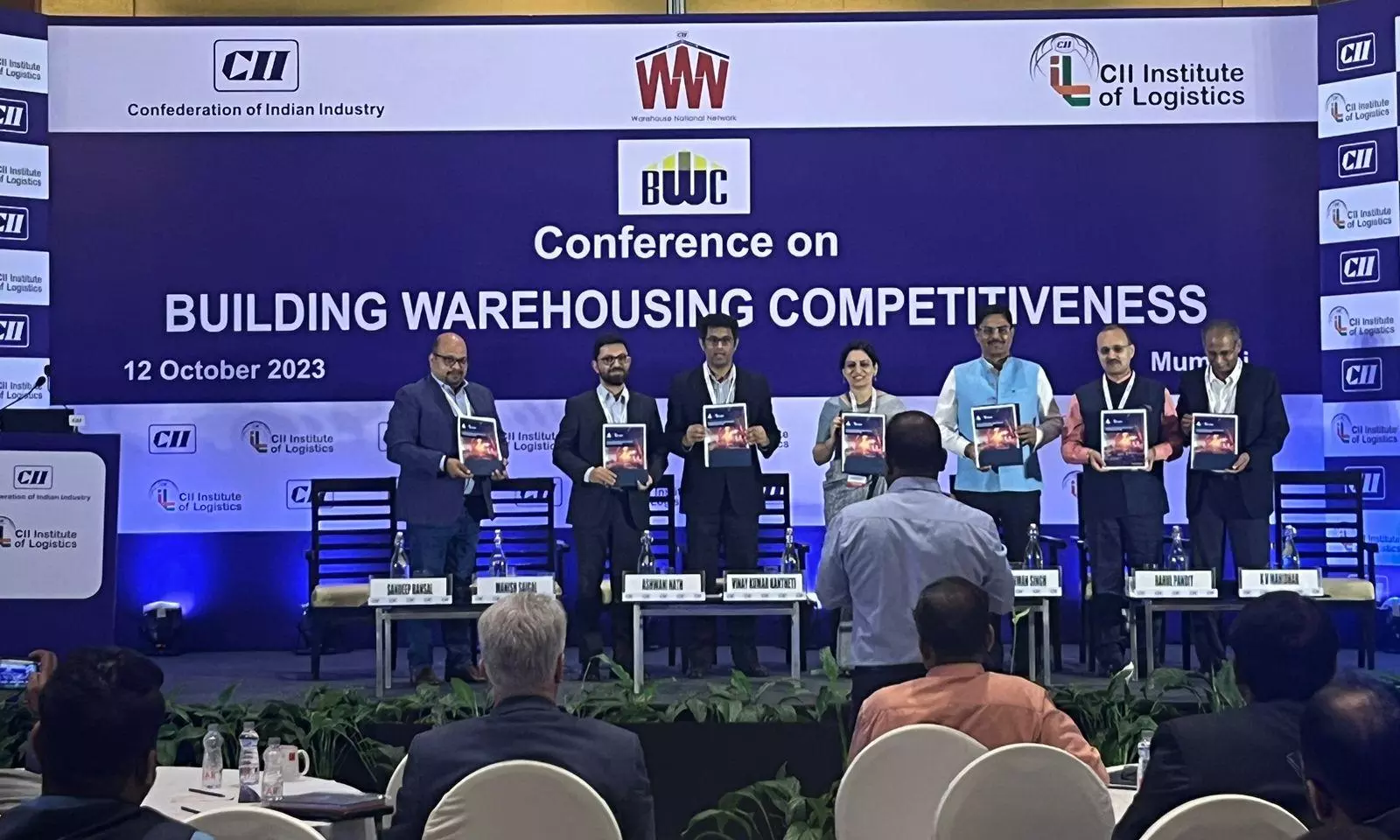80% of Indian warehouses to embrace automation by 2030: A&M
The report predicts Grade A warehousing demand set to grow almost two-fold over next five years, use of automated package sorters can reduce sortation cost by half and payback period for select automation solutions can be as low as 2.5 to 3.5 years.

The global professional services firm Alvarez & Marsal (A&M) launched its ‘Building Warehousing Competitiveness: Automation And Beyond’ report during a one-day conference organized by the CII Institute of Logistics and predicts that approximately 80 percent of Indian warehouses will integrate some level of automation by 2030.
“The combined impact of India’s logistics sector accounts for 14 percent of the country’s gross domestic product (GDP) and its compound annual growth rate (CAGR) of nine to ten percent underscores the importance of Indian warehouse automation as emphasized in the report,” reads the release.
Warehouse automation is driven by multiple factors including increased demand, operational complexities, and the necessity for modernization. The growing adoption of automated technologies and processes into warehouse operations reflects the growing maturity of warehouse automation. The report defines automation maturity between Level 0 to Level 4, with Level 0 as only manual operations and Level 4 as end-to-end automation.
Currently, warehouses in India have varying automation maturity levels, primarily falling within Levels 0 to 2. Level 3, characterized by island automation, remains relatively rare, underscoring the potential for increased automation adoption in India. The report predicts that approximately 80 percent of Indian warehouses will integrate some level of automation by 2030. It emphasizes the uniqueness of India warehouse automation journey, the importance of maintaining a balance between human and machine labor in Indian warehousing, and key considerations for organizations and solution providers navigating this evolving landscape.
The report also highlights that India's journey toward adopting warehouse automation will be unique, emphasizing the importance of striking a delicate balance between human involvement and automation.
Manish Saigal, managing director, Alvarez & Marsal and Co-lead of the India Business Transformation Services practice, said, “Implementing automation technologies in warehousing necessitates an assessment of the associated costs and benefits to determine economic viability. Automation improves efficiency, reduces human error and pilferage. However, organizations must ensure that their chosen technologies align with their strategic goals and operational requirements. In India, Grade A warehouses are expected to expand at a CAGR of 12.5 percent culminating in approximately 324 million square feet by FY28. This robust growth is poised to drive a surge in automation within the warehousing sector.”
Anshuman Singh, Chairman, CII Warehouse National Network and Chairman & managing director, Stellar Value Chain Solutions Pvt. Ltd. said, “CII Institute of Logistics has had a longstanding collaboration with Alvarez & Marsal, marked by a shared commitment to fostering growth in Indian logistics. Our collaboration stems from an understanding of the transformative power of informed insights and strategic initiatives. The Building Warehousing Competitiveness Conference, supported by the CII Warehouse National Network, aims to provide stakeholders with profound insights into the transformation of Indian warehousing through advanced automation strategies. This event underscores the pivotal role of technology in shaping modern business operations.”



